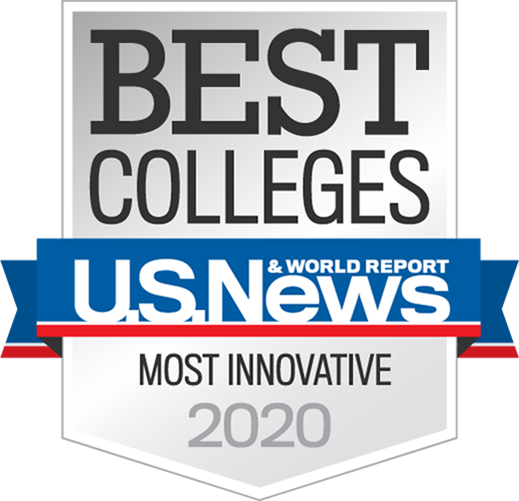What Makes an Online Course Remarkable? Part 1: Course Design Recommendations from ASU Faculty
What makes a learning experience for online students truly remarkable? We recently surveyed a group of ASU faculty in order to identify course design and facilitation elements they believe help to create remarkable learning experiences for online students. For this article, we’ll review course design recommendations the faculty shared in the survey. An article listing online teaching recommendations is also available.
Design Recommendations
- Make the course user-friendly
- Provide clear explanations (in syllabus, lectures, and assignments).
- Chunk content into manageable segments to help students with time management.
- Ensure sufficient timeframes exist for submitting projects and completing exams.
- Consider the Americans with Disabilities Act (ADA) requirements, such as including closed captioning and transcripts for films, lectures, and other media.
- Choose technologies that properly support the learning objectives.
- Consider using Open Educational Resources (OER) to lower costs for students.
- Ensure alignment of the learning objectives, assignments, and assessments
- Create measurable learning objectives for each lesson.
- Ensure that the learning objectives, activities, and assessments align.
- Incorporate elements that increase engagement
- Include visually appealing, relevant graphics.
- Include appropriately segmented video that supports the learning objectives.
- When appropriate, include animations or simulations.
- Include self-check, practice opportunities that provide a safe environment for students to demonstrate learning. These exercises should allow students to attempt and possibly fail, providing them an opportunity to learn from their mistakes.
- Include interactive, engaging assignments that go beyond just lecture and tests.
- Consider developing assignments that encourage students to create something.
- Provide articles, videos, and other resources that are not included in the textbook but support learning objectives.
- Include elements of instructor presence in the design
- Provide a course tour and faculty introduction.
- Consider when and how often office hours should be available for students.
- Include a discussion forum for students to ask questions.
- Ensure consistency of instructional materials and voice throughout the course materials (syllabus, lesson materials, rubrics).
- Include instructor humor and personality within course videos and other materials.
- Include elements of instructor interaction in the design
- Design the course with opportunities for the instructor to regularly interact with students.
- Create opportunities for students to interact (discussions, collaborative work spaces, etc.)
- Allow students to discuss questions or practice problems in real time by using a web conferencing tool.
- Provide student-to-instructor opportunities for dialogue about course content.
- Ensure course organization
- Ensure course is consistent with other online courses (menu, navigation, structure, fonts, file types, and formats).
- Include a comprehensive syllabus that outlines the course.
- Draw on elements of universal design that accommodate for individual learning differences.
- Ensure engaging course content
- Include relevant course material from the “real world,” so students can connect their everyday lives to what is being taught.
- Include simulations.
- Ensure content is topical, current, and visually interesting. Students are used to consuming media from YouTube, Ted Talks, and social media.
- Include application opportunities that develop broad-based skills.
- Consider relevant memes, infographics, or images.
- Clarify instructions and expectations
- Develop a comprehensive syllabus that reinforces course events and deadlines.
- Provide clear and detailed rubrics that communicate criteria for success for all graded work.
- Present clear course goals by posting objectives for each module/lesson.
- Create clear expectations for writing standards and plagiarism.
- Provide examples that deliver a clear representation of expectations.
- Provide scaffolding opportunities
- Find ways to reinforce key points and ideas.
- Provide opportunities for self-directed learning.
- Provide opportunities for critical thinking and analysis.
- Create assignments that build upon each other to create a sense of logical progression.
- Lectures should go beyond the textbook and other course material.
- Provide opportunities for students to gauge their own learning through self-checks and practice opportunities.
- Provide Variety
- Include a variety of learning activities that allow students to engage with the content in multiple ways.
What other design considerations do you think help to create remarkable online courses? Please share your recommendations in the comments.
Co-developed by Michael Arseneault and Kody Stimpson; Edited by Debra Sims



